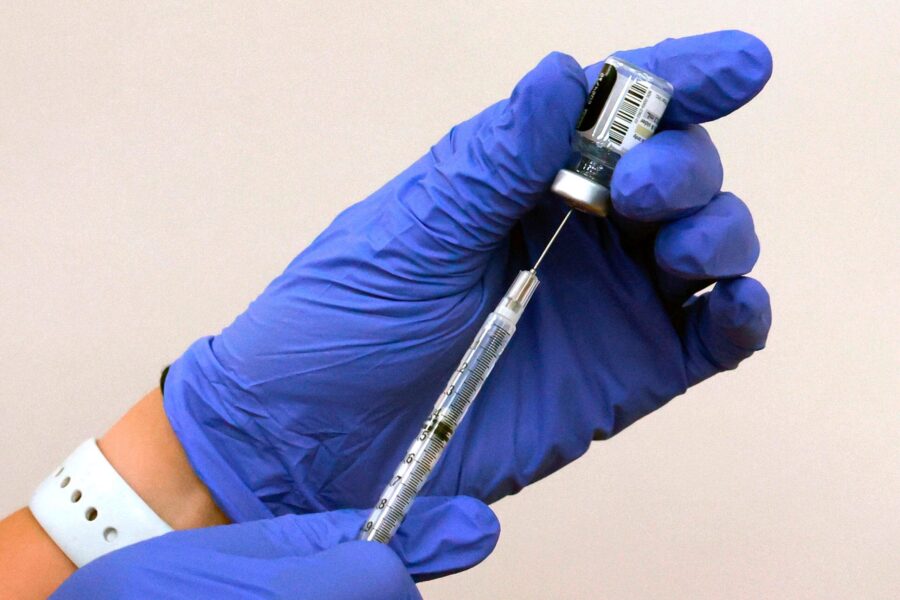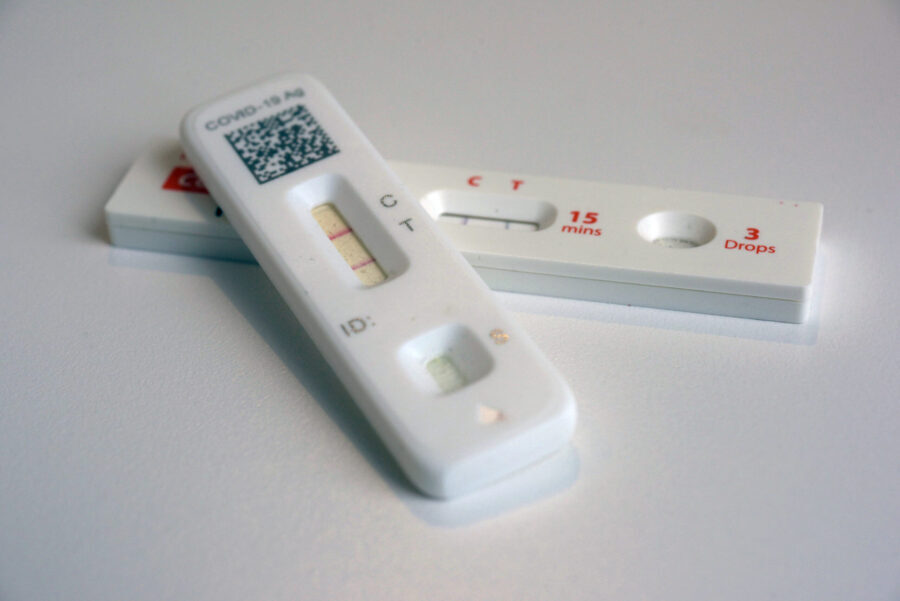U of U researcher joins international team to confirm specific origin of COVID-19
Jul 26, 2022, 5:15 PM | Updated: 7:57 pm
SALT LAKE CITY — New research released Tuesday confirmed the origin of COVID-19. A University of Utah Health and an international team of researchers found that the earliest cases of COVID-19 in humans emerged at a wholesale fish market in Wuhan, China in December 2019.
This study narrowed down the origin of the virus to specific animal stalls in the fish market. A co-author of the study from the University of Utah said this was not the end of the discussion.
“All of the early genetic diversity of SARS- CoV-2 was associated with the market,” said Stephen Goldstein, Ph. D.
Goldstein is a post-doctoral researcher and virologist at the U of U School of Medicine and co-author of the study.
When we first heard about COVID-19, the Huanan Seafood Wholesale Market in Wuhan was identified as a likely source. Chinese officials dismissed that conclusion, while others suggest the virus came from a lab in Wuhan and then spread to the market.
The new findings strongly suggested the virus originated in the market through live animal sales and spread from there.
“The only place that this virus was circulating in December 2019 is the area immediately surrounding Huanan Market, which is quite a distance away from the Wuhan Institute of Virology that has been suspected as the source,” said Goldstein.
The researchers disproved the idea that the virus was quietly circulating throughout Wuhan, and then introduced to the market where there was a super-spreader event. Goldstein said their research also refuted the possibility that a lab worker spread the virus.
The findings were published in Tuesday’s issue of Science Magazine. They linked cases to live mammals infected with the virus sold in the market either for consumption as meat or for their fur.
“These included animals such as raccoon dogs, badgers, hares and rabbits, and foxes, all of which are known to be susceptible for infection with SARS-CoV-2,” the researcher said.
Two variants of the virus were detected at the market. That suggests both variants originated independently and helps confirm the researchers’ hypothesis that the early spread of the infection began there. If the virus originated elsewhere, it’s more likely that only a single variant would have been found.
“I’m certainly under no illusion that we are going to completely stamp out competing narratives,” said Goldstein.
The researcher expected there are those who will dispute these findings in favor of some other non-scientific narrative. He said all these researchers can do is stand by their science, which has already undergone peer review.













